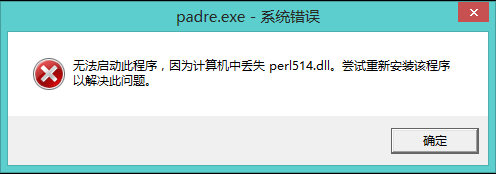@array=qw(Nick Susan Chet Dolly Bill); @array = reverse(@array);
为什么这与使用push(),pop()或shift()不同,您可以只调用该函数并更改数组?
@array=qw(Nick Susan Chet Dolly Bill); push(@array,"Bruce");
那么这些“功能”究竟有什么区别呢?
解决方法
perldoc perlfunc提供了一个主要线索:
Functions for real @ARRAYs
07001,
07002,
07003,
07004,
07005,
07006,
07007,
07008Functions for list data
07009,
070010,
070011,
070012,
070013,
070014,
070015
并且perldoc perlfaq4解释了数组和列表之间的区别(强调我自己):
What is the difference between a list and an array?
(contributed by brian d foy)
A list is a fixed collection of scalars. An array is a variable that
holds a variable collection of scalars. An array can supply its
collection for list operations,so list operations also work on arrays…
Array operations,which change the scalars,rearrange them,or
add or subtract some scalars,only work on arrays. These can’t work on a list,which is fixed. Array operations include
shift,unshift,push,pop,andsplice.
简而言之,像reverse这样的列表操作是为列表设计的,无法修改.
他们可以接受数组的事实仅仅是列表支持的副作用.



